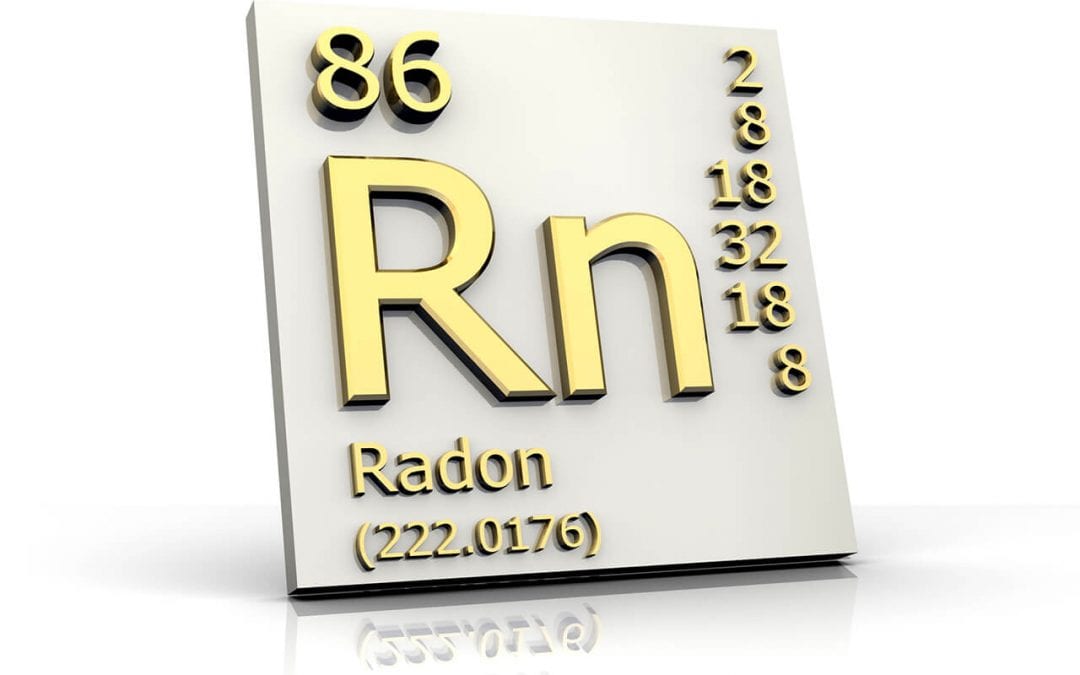Keeping you and your loved ones safe from the harmful effects of radon exposure reduces their risk of lung cancer. Here are a few ways to combat high levels of radon in your home.
Radon Identification
Radon is a naturally occurring gas that can be tricky to identify since it’s colorless, odorless, and tasteless. This radioactive substance becomes harmful when it seeps in through cracks and holes in your home’s foundation from the soil underneath. The best way to find out if you’re home has high levels of radon is to test for it.
Symptoms of radon poisoning may take time to develop but are usually the first indicators that there may be a more serious issue. Common symptoms of radon poisoning include shortness of breath, fatigue, persistent coughing, and frequent bronchitis. See your doctor and have your home tested if you develop any of these medical issues.
Test for High Levels of Radon
Performing a radon test is the only way to find out if your home has unsafe levels of this toxic gas. Two types of tests will tell you if you’re at risk for overexposure to radon. Short-term tests measure emissions for two to three days and long-term tests measure radon levels for 90-days or more. While DIY test kits are available, it is highly recommended to hire a professional for this procedure. Your family’s health depends on accurate test results.
Seal Your Home’s Foundation
Radon is most commonly found in soil that contains high levels of uranium, radium, and thorium. The breakdown of these elements produces radon that can seep through cracks and holes in your home’s foundation. This poisonous gas affects the basement or first floor levels of homes. When the home is airtight, there is no way for the gas to escape and it accumulates. The best way to stop radon from entering is to seal holes in your home’s foundation. Enlist the assistance of a radon mitigation expert to do it properly.
Install a Radon Reduction System to Reduce High Levels of Radon
Reduction systems lower hazardous levels of radon. The soil suction system uses a vent pipe and fan to pull radon from underneath your home to expel it outside. Mitigation contractors install these systems to decrease high radon levels. Continue to test for radon after the system is installed to make sure it is successfully lowering radon levels.
Lakeland Home Inspection Service offers radon testing so that you can keep your family healthy. Contact us today to book an appointment.

